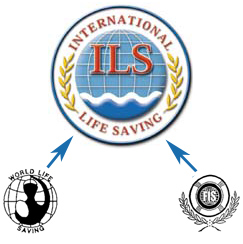 During the eighteenth and nineteenth centuries, a number of lifesaving organisations formed to assist those in need of rescue and revival.
During the eighteenth and nineteenth centuries, a number of lifesaving organisations formed to assist those in need of rescue and revival.
These included the Maatschappij tot Redding van Drenkelingen in Amsterdam (1767), the Royal National Lifeboat Institution (RNLI) in England (1824) and the Royal Life Saving Society (RLSS) in England (1891).
At the end of the nineteenth century, several national lifesaving organisations were working together but in an informal manner. They wanted to learn from each other by exchanging various lifesaving techniques and experiences.
Organised international life saving activities date back to 1878 when the first World Congress was hosted in Marseille, a city in the South of France.
In the decades since, there have been many outstanding independent national life saving achievements. A need for an international forum to exchange ideas was soon recognised.
This led firstly to the establishment of the Fédération Internationale de Sauvetage Aquatique (FIS) and then later the formation of World Life Saving (WLS).
Both organisations were established to promote still-water and surf life saving objectives throughout the world.
FIS and WLS merged in 1993 into the International Lifesaving Federation (ILS).
When ILS was formed, a Charter was signed between FIS, WLS and ILS.
